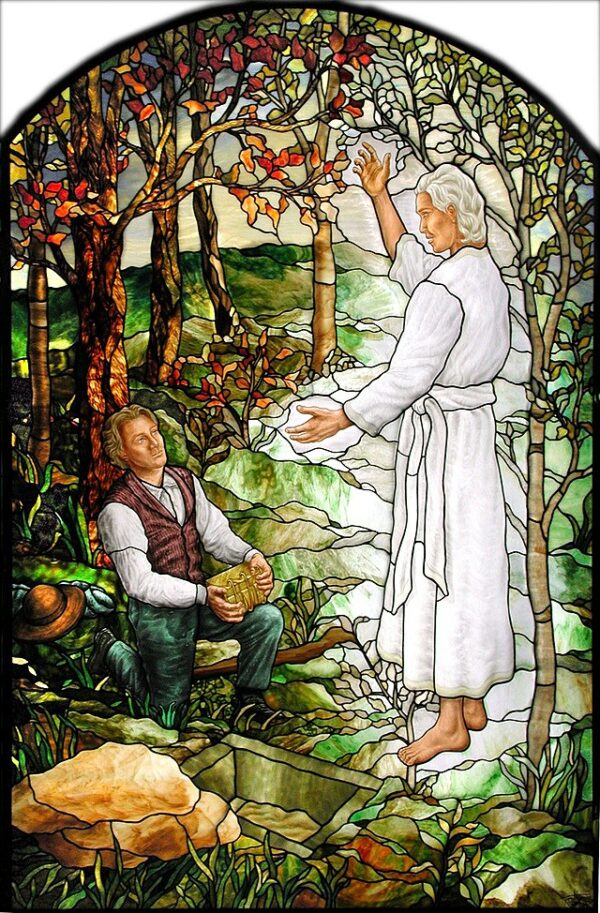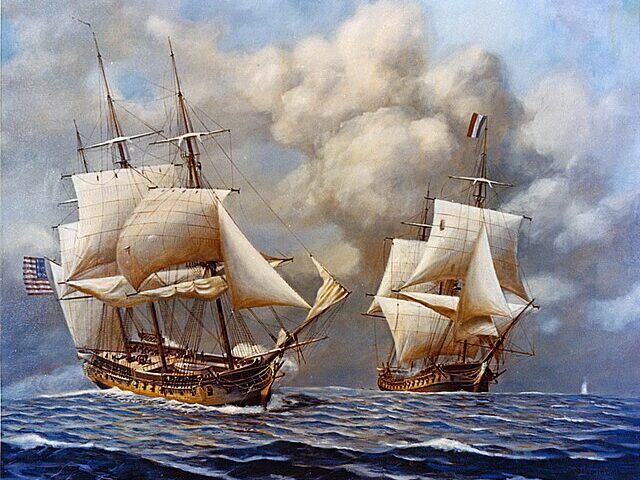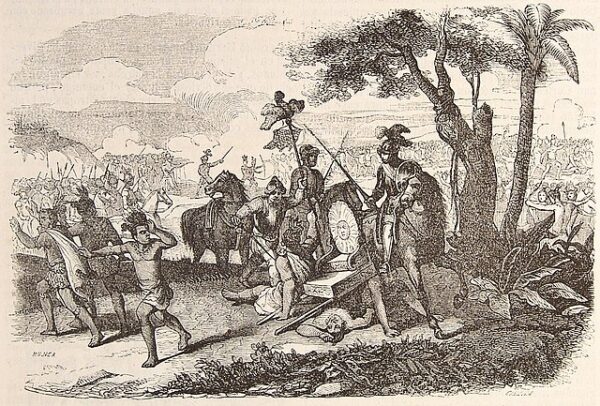On September 22, 1827, a pivotal event occurred in the history of the Mormon Church that would shape its destiny. Joseph Smith, a young farmhand in upstate New York, claimed to have an extraordinary encounter. Smith said that an angel named Moroni appeared to him and revealed the location of a set of golden plates hidden in the nearby Hill Cumorah. These plates, he asserted, were inscribed with an ancient record of an American civilization and contained the religious history of their people.
According to the Church of Latter-Day Saints, “the emergence of the Book of Mormon from its hiding place began on September 21, 1823. That night, the angel Moroni appeared to a young Joseph Smith, told him that “God had a work for [him] to do” (Joseph Smith—History 1:33). That work would involve translating “a book deposited, written upon gold plates, giving an account of the former inhabitants of this continent”—what we know today as the Book of Mormon (v. 34).
The next day, on September 22, Joseph went to the hill and “made an attempt to take [the plates] out” but was forbidden by Moroni, who reminded him that “the time for bringing them forth had not yet arrived.” Joseph would have to wait “until four years from that time” but was to “come to that place precisely in one year from that time” and to return each year “until the time should come for obtaining the plates” (Joseph Smith—History 1:53).
Moroni’s annual visits occurred generally around the time of the Israelite harvest festival season. The initial visit on September 21 in 1823 coincided with that year’s celebration of the Feast of Tabernacles. In 1824, September 22 was the eve of the Jewish New Year (Rosh Hashanah) and the beginning of the fall festivals.”
Smith’s claim about finding the golden plates marked a crucial juncture in his life and set in motion the foundation of the Mormon Church. Over the next several years, he translated the contents of these plates, which would eventually become the Book of Mormon, considered by Mormons as another testament of Jesus Christ and a companion to the Bible.
Following the translation process, on April 6, 1830, Joseph Smith formally organized the Church of Christ, later known as The Church of Jesus Christ of Latter-day Saints (LDS Church), with a group of early followers in Fayette, New York. This event established the official beginning of the Mormon Church as a distinct religious institution.
The fledgling church faced significant challenges and persecution in its early years, including its expulsion from various locations in the eastern United States due to religious differences and suspicions surrounding their beliefs and practices. In the face of adversity, the Mormon community steadily grew, with converts from various backgrounds joining their ranks.
Over the decades, the Mormon Church expanded westward, led by Joseph Smith and later by Brigham Young, establishing settlements in what would become Utah. This westward migration played a vital role in shaping the unique culture and religious identity of the LDS Church. Today, the Mormon Church boasts millions of members worldwide and continues to be a prominent and influential religious denomination.






